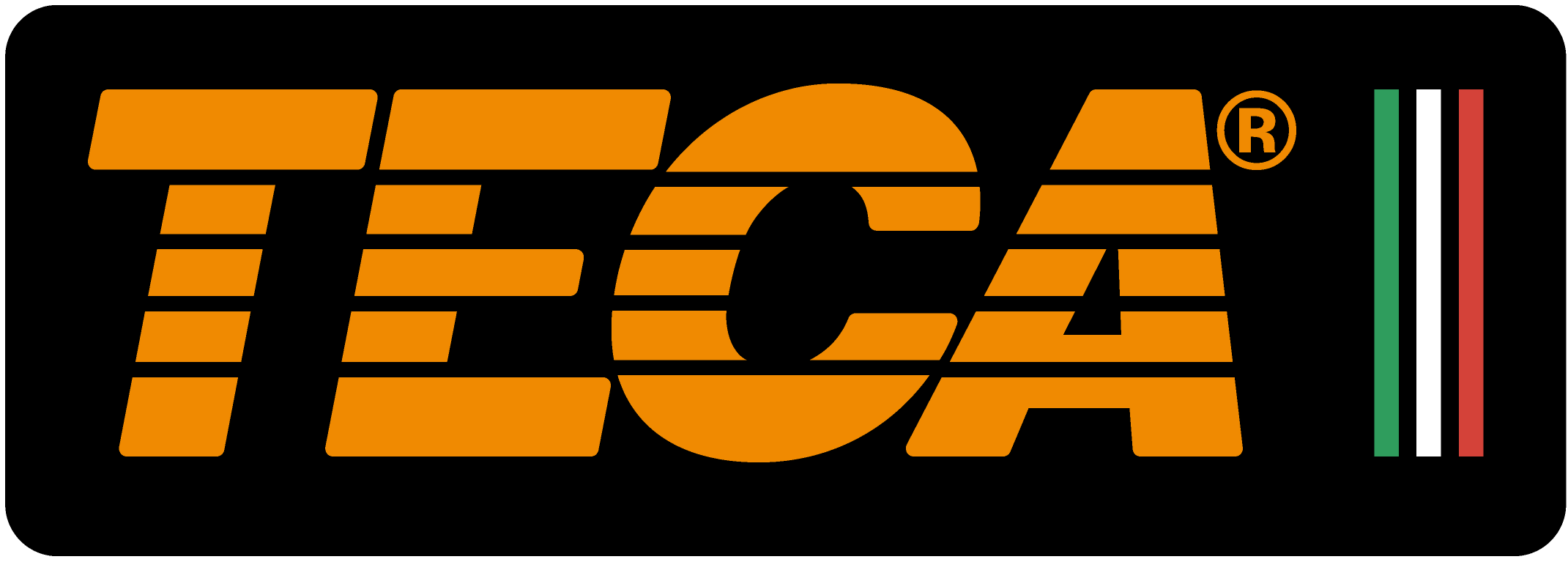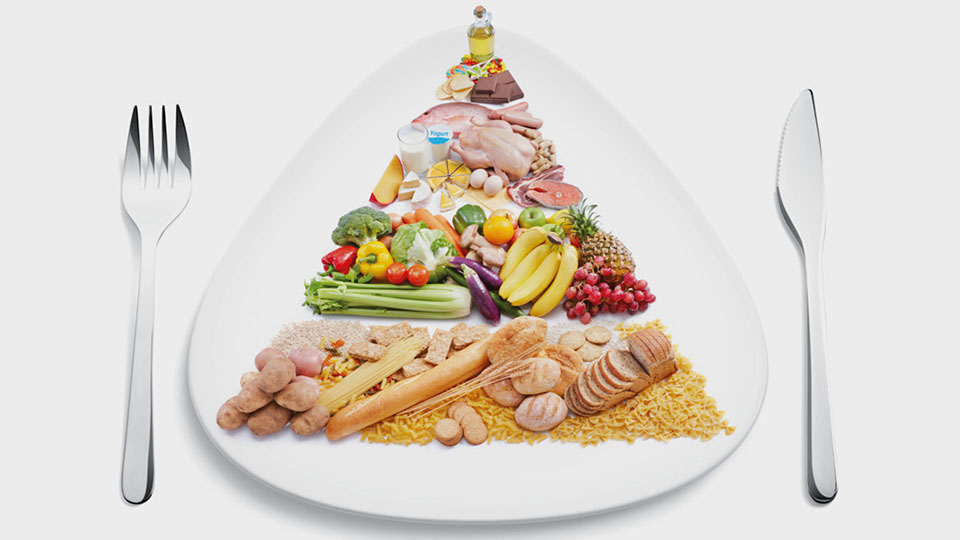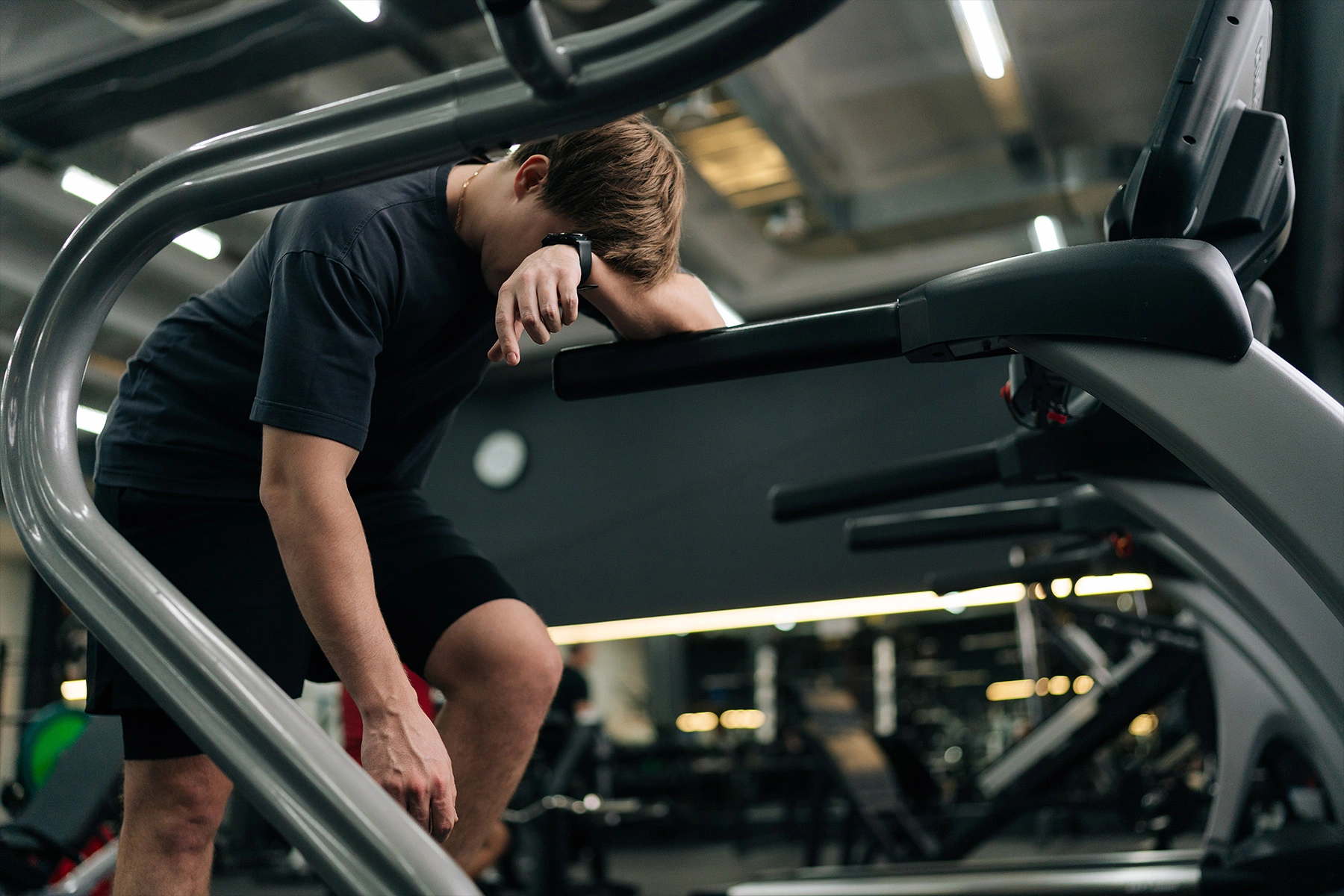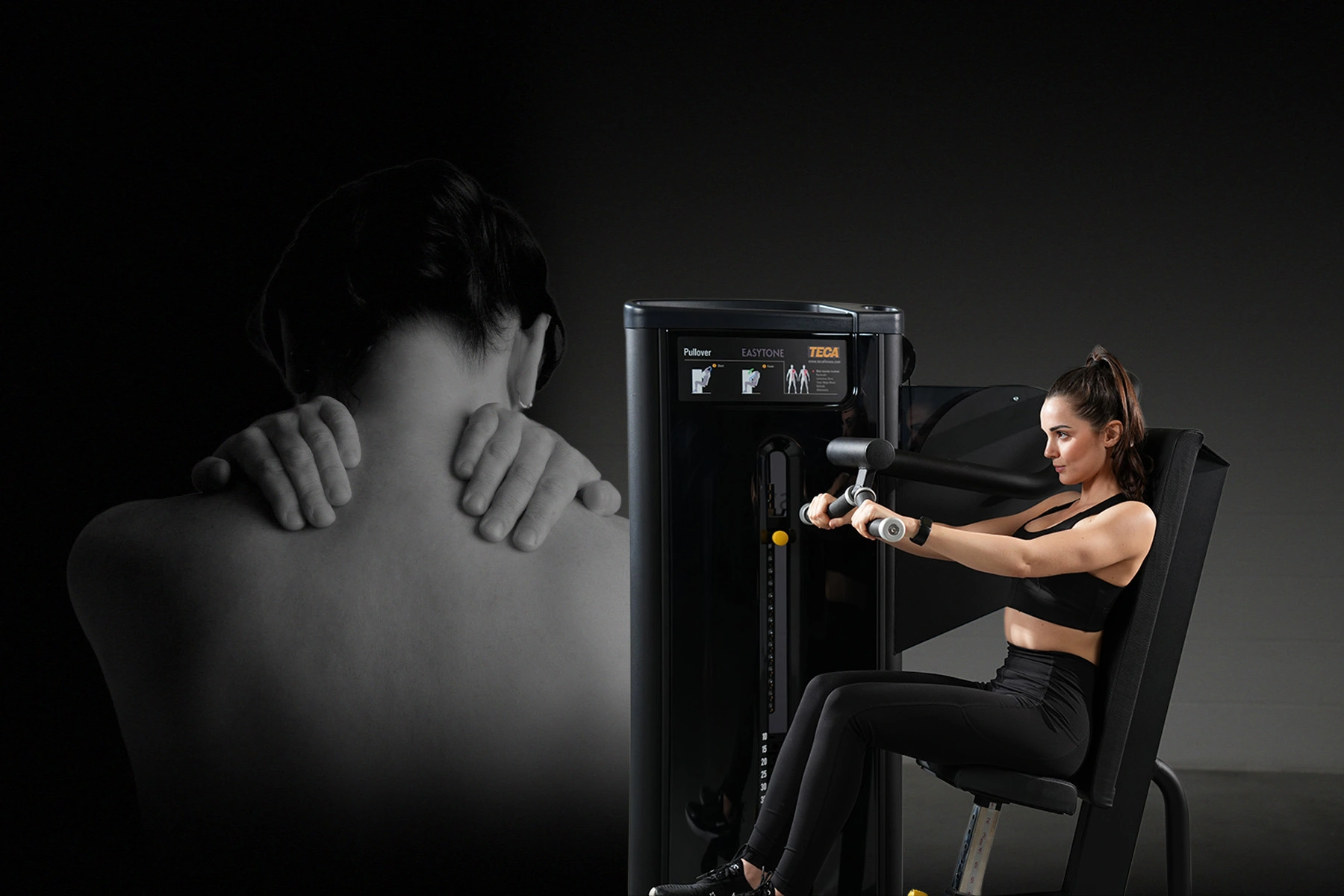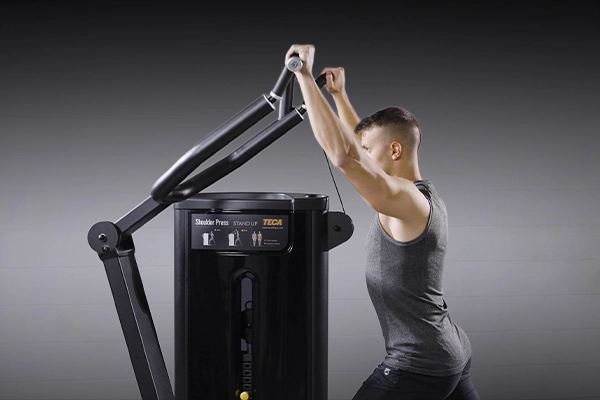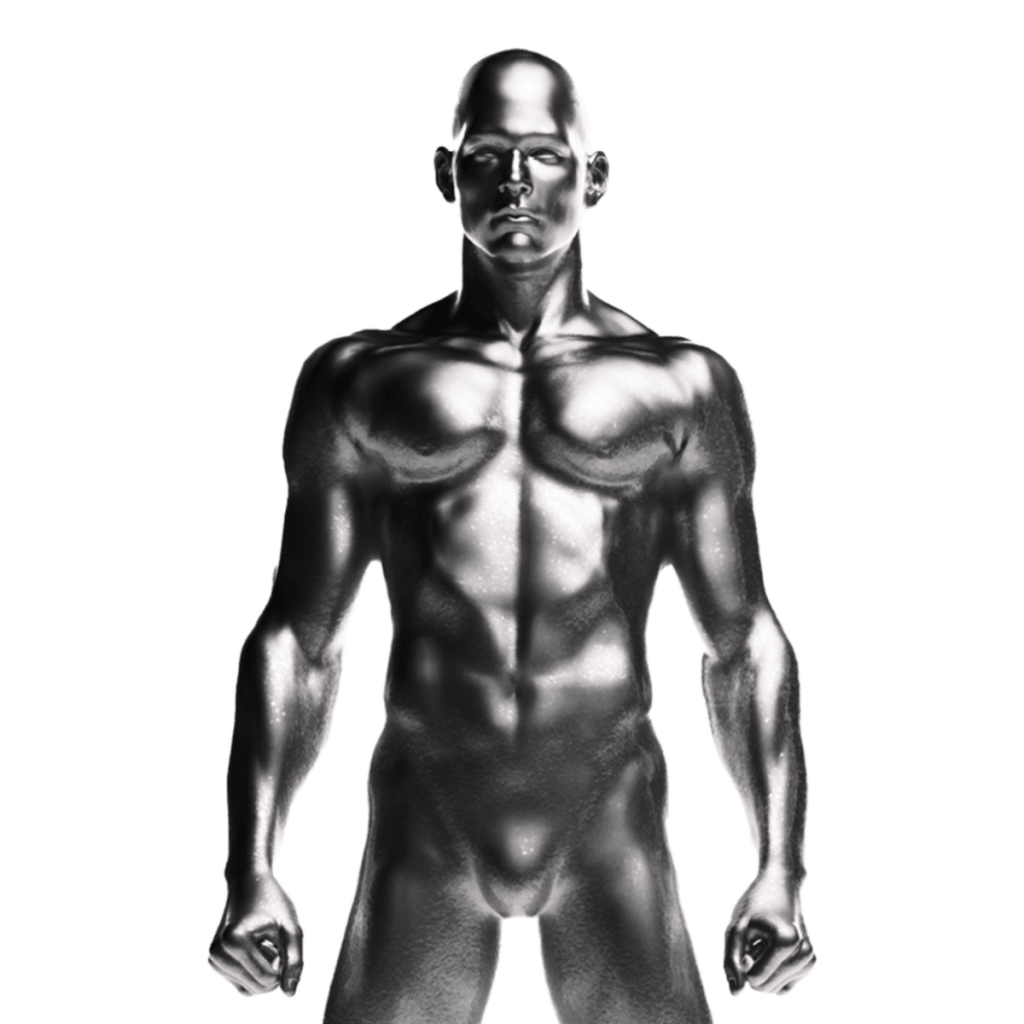The mass phase, in other words the phase dedicated to building new muscle tissue, is a fundamental part of the gym trainer’s routine. What, then, is the right nutrition for gym goers and how to set up your diet to effectively increase muscle mass?
Before discovering all the nutritional strategies for a correct mass phase, it is important to remember that muscle growth has a considerable aesthetic impact. In other words, a body with good levels of lean mass and a low percentage of fat is certainly more toned, leaner and more sculpted than a physique without too much muscle.
Increasing muscle mass, the winning combination is diet plus training
Muscle growth, however, is not as simple as it might appear. Certainly, increasing calorie intake is essential, but to increase lean mass effectively, it is not enough simply to eat more, nor is it enough to choose food at random.
On the contrary, a correct diet for muscle mass requires precise rules and goes hand in hand with the right training.
Only the synergy between diet and training will be able to kick-start the increase in mass, as the calorie surplus will support the anabolic (growth) processes stimulated by training in the gym.
In other words, training triggers the processes for building new muscle tissue but, if the diet does not provide enough energy and nutrients, mass cannot increase.
Imagine you have to build a brick wall. You have the knowledge to do this and all the tools you could ever need: mallet and chisel, a wooden square, a mason’s trowel, a bubble level and plumb line. However, you lack the bricks and all the gravel, cement and sand needed to prepare the concrete and cement mortar that will hold your bricks together.
Without them, you will never be able to erect your wall. Well, nutrition also has its bricks and mortar, without which you will never be able to build the muscular body of your dreams.
I’m talking about macronutrients.
Nutrition for the gym: macronutrients
Macronutrients are the most important source of energy for the body and must be taken in large quantities, as they provide the body with the fuel it needs to perform all the functions essential to life.
The macronutrients include carbohydrates (or carbs), proteins (or proteins) and fats (lipids). Added to these is water, which, while not providing calories, is a real food.
Regardless of the nutritional strategy you decide to follow (low-calorie diet, maintenance or, as in the mass phase, a high-calorie diet), the three macronutrients must always be present, in the right proportions and qualitatively correct.
All three provide energy, but in different quantities. Carbohydrates are a ready-to-use source of energy and have a calorific value of 4 kilocalories per gram, while lipids release energy more slowly, but provide more than twice as much, i.e. 9 kcal.
Proteins, on the other hand, have a mainly plastic and reconstructive function, and only partially energetic (they have a calorific value of about 4 kcal per gram). In practice, proteins are essential for the maintenance and growth of cellular structures, including, of course, muscle growth.
No single foodstuff is able to provide all macronutrients in the right proportions on its own. For this reason, the watchword when it comes to nutrition is variety. The rule applies even more so when you want to increase muscle mass. Here’s why.
The three must-haves of nutrition for muscle mass
To ensure maximum muscle development, you must supply your muscles with all the substances they need to grow.
Therefore, the perfect diet for those who want to bulk up must be
– balanced (with all macronutrients)
– rich in protein (to promote anabolic processes)
– high-calorie (must provide extra energy).
How to set up, in a practical way, the mass phase?
We have already seen that the diet for muscle mass must respect the correct requirements typical of a high-calorie diet, but how high must the energy surplus be?
1. The energy requirement
The ideal increase is 10-15% over the calories with which you can maintain a stable weight. Therefore, if you normally need around 2000 kcal, you will need 2200-2300 kcal to increase your mass.
The increase in calories should not be too marked, and I will now tell you why.
If you eat more, you will increase not only your muscle mass, but also your fat mass. Gaining a little fat in the mass phase is normal and physiological, the processes that regulate anabolism concern both muscle growth and the increase in fat tissue.
Each physique, it is important to point out, responds differently to an increase in calories.
If, for example, you start the mass phase when you are still slightly overweight, you risk putting on more fat than muscle mass.
This happens because having a few extra kilos is equivalent to having many more adipocytes (fat cells), so you are more likely to put on weight than someone who is already thin.
Putting on too much weight in the mass phase means that you end up with many kilos of fat and a fatter, heavier body, so you will be forced to do several months of low-calorie dieting to finally see the muscles you have built with so much effort.
How much weight is right to put on in a mass phase? The gain, in order not to run into the problems mentioned above, should not exceed 5-8 kilograms, with an increase of about 0.3-0.7% per week.
Part of this weight, as we have seen, will be fat, but finding oneself after the diet with 3-4 kilograms more muscle than last year means a remarkable aesthetic result.
2. Macronutrients
All the macronutrients must be present in the diet for mass, so absolutely no to strategies which exclude entire nutritional categories, such as the ketogenic diet, where carbohydrates are almost non-existent, or high carb, with fats at minimum levels.
The diet will therefore be complete, but the proportions of the three macronutrients will vary, with higher levels of carbohydrates and proteins, while fats must be kept stable, albeit in smaller quantities.
The ideal protein intake, according to current guidelines, ranges from a minimum of 1.6 g of protein per kilogram of lean mass to a maximum of 2.4 g. Mind you, we are always talking about the macronutrient, not the food. One hundred grams of chicken breast, for example, contain 21 g of protein.
Fats, as already mentioned, absolutely must not be missing. In the diet for mass, it is recommended to consume about 30-50 g per day.
The rest of one’s energy needs will be met by carbohydrates.
3. Training
If the diet provides all the essential substances for building new muscle tissue, the stimulus for growth only comes from training.
Exercise, if structured and progressive, in fact, has a strong anabolic stimulus: during training, muscle fibres are torn and in the recovery and rest phases, the body sets in motion a series of adaptations to repair injuries, thickening and strengthening the fibres.
In the mass phase, calories are in excess of one’s needs and the excess energy must be used to the best of one’s ability to avoid gaining weight. For this reason, it is essential to train at least three times with overloads.
Training must be of quality and respect one simple rule: increased performance.
If you respect all the dictates, you will train better in the mass phase and your performance will be higher (more strength, more power). If this does not happen, you will most likely have to review your nutrition.
What to eat when working out
We have seen that in the mass phase it would be good to keep carbohydrate levels higher and fat levels lower.
Is it possible to make mass while keeping both macronutrients high? It would be better to avoid this, because both have an energy function and having high levels of carbohydrates and fat in your diet at the same time means risking putting on too much fat mass.
This happens because the body perceives too much energy coming in and will therefore tend to accumulate more fat.
Having established that carbohydrates should be preferred over fats, while proteins should always be high, let’s look in detail at what to eat when working out.
At breakfast and in snacks combine:
– a source of simple carbohydrates (fruit, honey, jam, maple and agave syrup, vegetable milk such as oats or rice)
– one source of complex carbohydrates from wholegrain cereals (flakes, flours, biscuits, muesli and other breakfast cereals with no added sugar)
– a portion of low-fat protein (white and Greek yoghurt, kefir, lactose, skimmed milk, egg white, protein powder, low-fat cheeses such as Philadelphia Active and Quark, low-fat cottage cheese, low-fat cold cuts without nitrites).
At lunch and dinner:
– vegetables of all kinds
– a source of complex carbohydrates, preferably from whole-grain cereals (rice, spelt, barley, oats, millet, quinoa, sorghum, amaranth), whole-grain pasta, legume pasta, tubers (potatoes, yam, Jerusalem artichokes), pulses and bread
– lean proteins: meat (chicken, turkey, rabbit, beef, horse), lean white fish (cod, sea bass, hake, sole, octopus, tuna au naturel, wild salmon, shrimps), egg whites and free-range eggs, low-fat dairy products, low-fat cold cuts without nitrites).
Dress everything with raw extra virgin olive oil and if you need to consume more fat to reach your daily quota, favour seeds and dried fruits (walnuts, almonds, hazelnuts, pistachios).
If you follow a vegan diet, go for foods such as quorn, seitan, legumes.
The rule of five portions of fruit and vegetables per day still applies, remembering to consume three portions of vegetables and two of fruit (one portion of vegetables contains about 250-300 g, and fruit 150-200 g).
The food should be, as far as possible, natural, and minimally processed. The mass phase, in short, is not a free-for-all for eating whatever comes along; on the contrary, the quality of the diet has a major influence on the quality of muscle growth.
